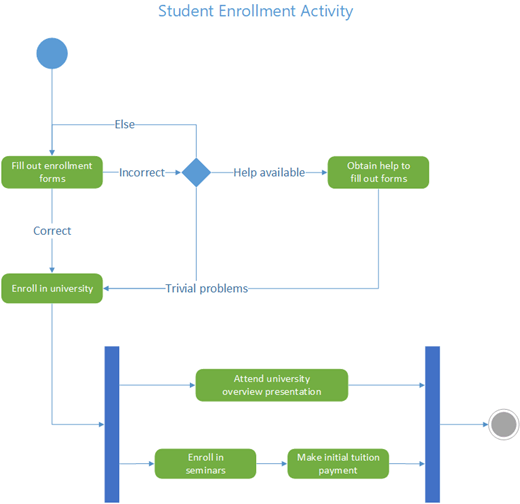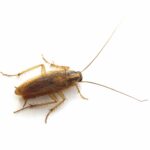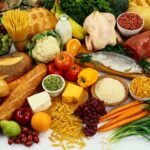Which Genetic Recombination Method Does the Diagram Portray?
Genetic recombination is a crucial process that involves the exchange of genetic material among organisms, contributing to increased genetic diversity within populations and playing a vital role in species’ survival and evolution. Various methods facilitate genetic recombination, including crossing over, gene conversion, transposition, and lateral gene transfer. This essay will delve into the specific genetic recombination method depicted in the diagram.
The diagram showcases two chromosomes undergoing recombination, labeled A and B, each consisting of a linear DNA molecule composed of nucleotide sequences forming genes. Genetic recombination initiates with the physical exchange of DNA between these chromosomes, often facilitated by crossing over—a prevalent method occurring during meiosis, the cell division process generating gametes.
Meiosis involves chromosome replication, resulting in chromosomes comprising two identical sister chromatids. These chromatids pair with their homologous partners during meiosis, chromosomes containing the same genes in the same order. The subsequent exchange of genetic material takes place through crossing over at recombination hotspots, illustrated in the diagram by diagonal lines connecting the chromosomes.
The specific genetic recombination method depicted is homologous recombination. This process entails the exchange of genetic material between homologous chromosomes, those containing the same genes in the same order. Homologous recombination is vital for maintaining genetic diversity within populations, enabling the combination of different alleles from various individuals.
Homologous recombination is initiated by a DNA double-strand break (DSB), often caused by external factors like radiation or chemical damage, or occurring naturally during meiosis. The recombination machinery, a complex of enzymes and proteins, is responsible for processing the broken ends of the DNA molecule. The first step involves the invasion of one broken end into the homologous chromosome, mediated by the RecA protein. This protein binds to the single-stranded DNA, searching for a complementary sequence on the homologous chromosome.
Upon finding a complementary sequence, RecA forms a complex with the homologous DNA, creating a structure known as a Holliday junction. The recombination machinery further processes the Holliday junction, cleaving the DNA and exchanging genetic material between the two chromosomes. The outcome is two new chromosomes, each containing a combination of genetic material from both originals.
In summary, the genetic recombination method illustrated in the diagram is homologous recombination. This process involves the exchange of genetic material between homologous chromosomes, initiated by a DNA double-strand break and mediated by the recombination machinery. Homologous recombination is essential for augmenting genetic diversity within populations, playing a critical role in the overall evolution and survival of species.










